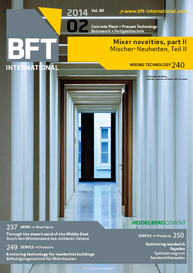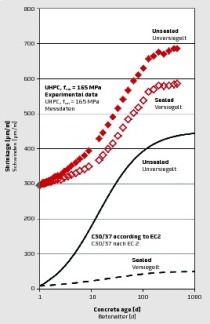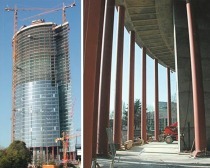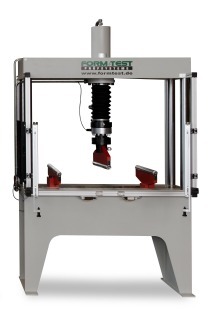Shrinkage and cracking in high-performance concretes –
Introduction
The problem of load-independent cracking in concrete members is as old as the construction method itself. Cracking is primarily caused by thermal, hygric and chemical processes as well as their superposition in the hardening and hardened concrete. Innovations in concrete technology, such as innovative admixtures or binding agents for high-performance concretes, have, in part, aggravated the risk. Since the primary crack formation processes are nowadays largely understood, the risk of cracking can be effectively counteracted. This paper discusses shrinkage of high-performance...

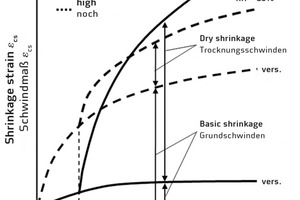
![→ 2 Basic shrinkage of concrete depending on water-cement ration and the quantity of added SAP [3]](https://www.bft-international.com/imgs/tok_12be268dceb35da925f56d06642f0482/w300_h200_x400_y264_103967018_ad44f4c3ed.jpg)

